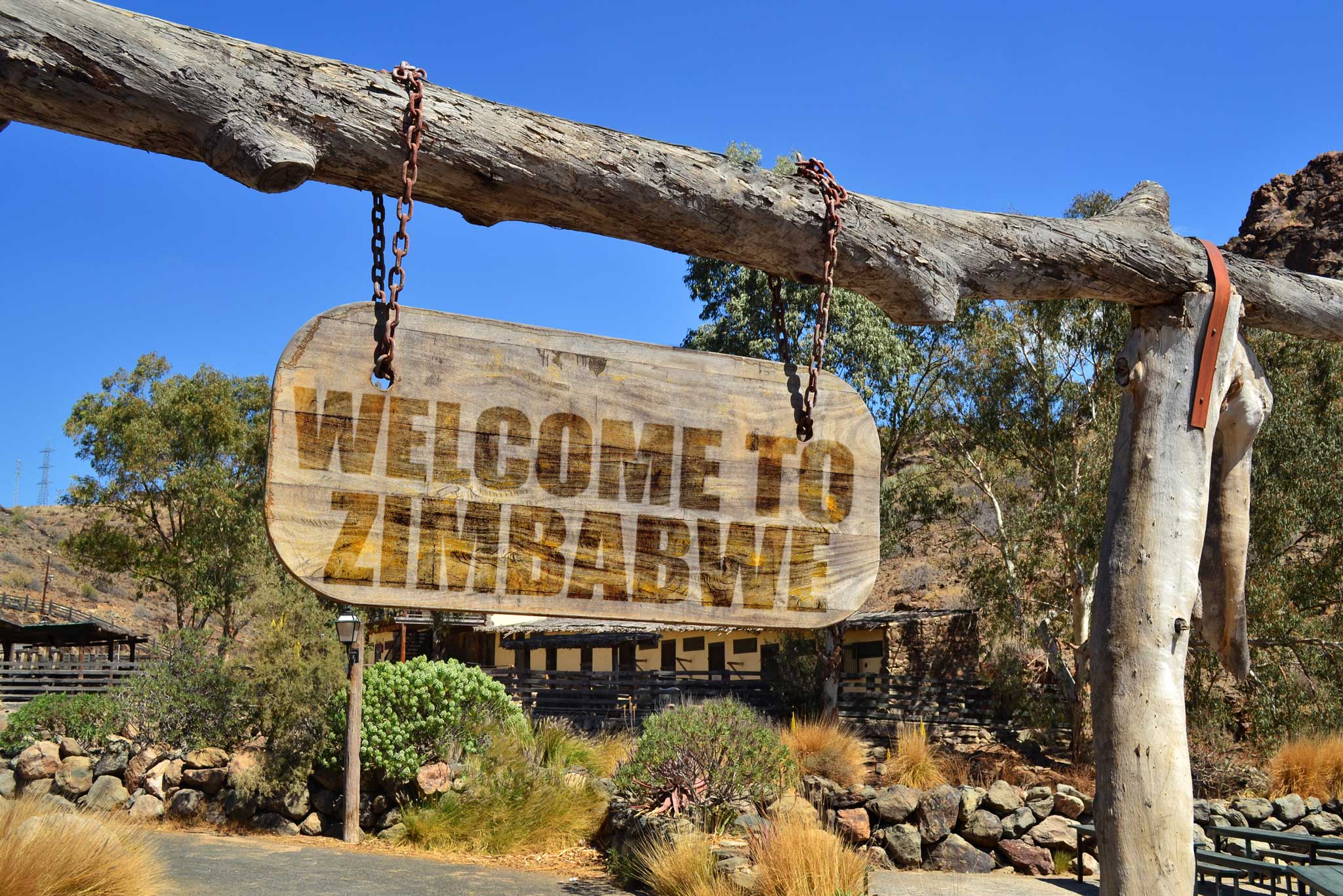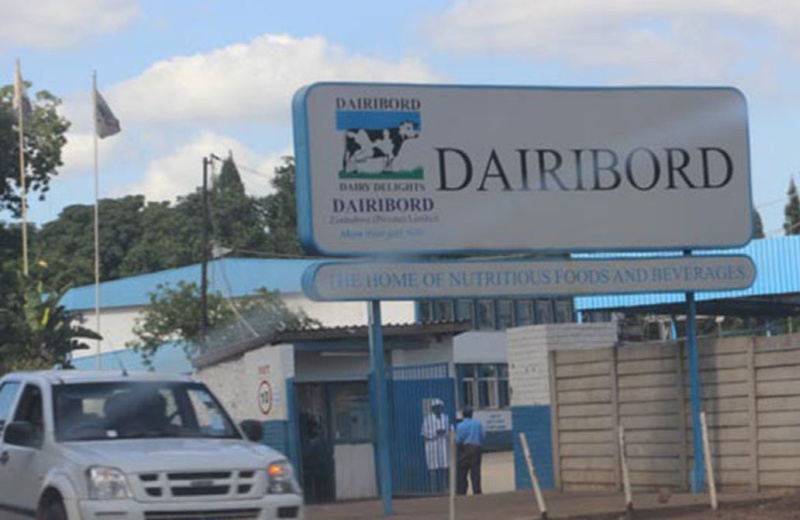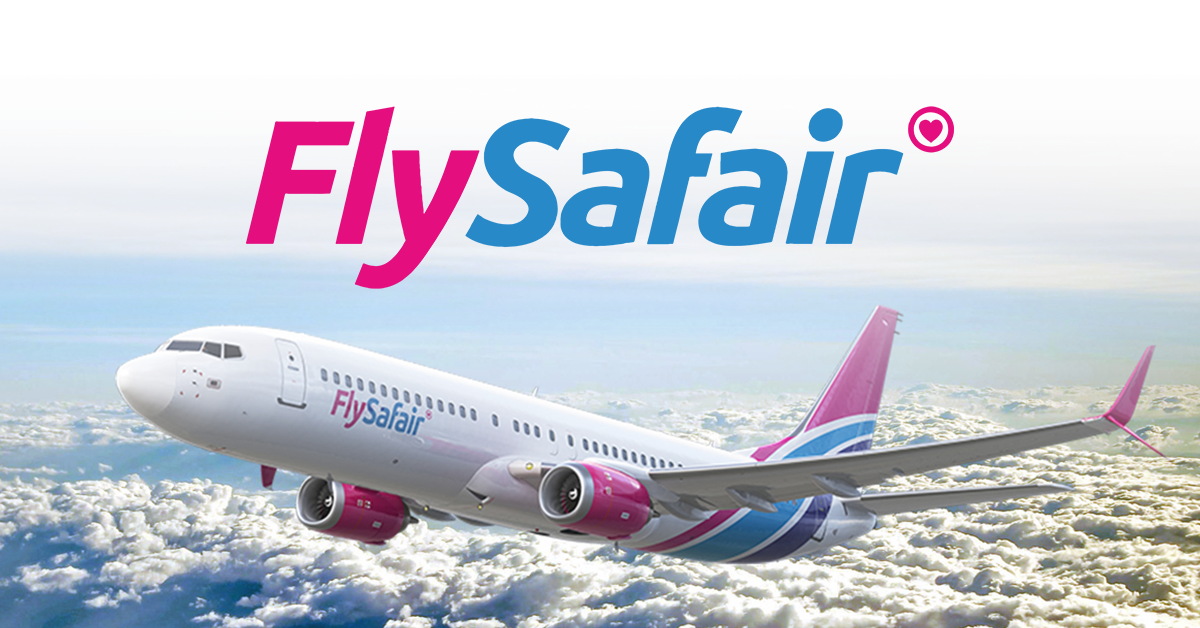Irrigated tobacco hectarage up 50pc
Farmers who grow tobacco under irrigation have increased hectarage from 10 000 to 15 000 hectares on the back of good rains received this season that saw majority of them investing in irrigation facilities.
The Tobacco Industry and Marketing Board (TIMB) chief executive, Meanwell Gudu, also revealed contractors has indicated plans to fund over 140 000 hectares of tobacco this year.
In Zimbabwe, tobacco is grown under irrigation (September planting) or as dry land that is rain fed between October and December.
Most small scale growers exclusively produce dryland tobacco while some commercial farmers produce irrigated crops.
“We have a better irrigated crop this year after farmers invested in irrigation systems on the back of good rains received last year,” TIMB chief executive Gudu said.
Last season, Zimbabwe received normal to above normal rains, boosting farm yields, with maize, the staple, hitting record production in nearly four decades.
Cash crops such as cotton also improved significantly. Initial estimates show the country is likely to receive good rains for the 2021-2022 season.
There are already growing calls to increase investments in irrigation to minimise vulnerabilities associated with climate change induced droughts.
Temperatures have been rising in Africa at a lesser comparable rate to other regions, but the continent is exceptionally vulnerable to the shock, according to the UN’s World Meteorological Organisation (WMO). Warming temperatures are slashing crop yields.
At the COP26 conference in Glasgow, Scotland, world leaders have made pledges to reduce carbon emissions to compact disastrous impacts of climate change.
Zimbabwe targets to reduce greenhouse gas emissions by 40 percent by 2030 in order to prevent devastating effects of climate change.
The country is reportedly currently emitting 0,05 percent of all greenhouse emissions, a figure lower than it is capturing. Zimbabwe has developed the Low Emission Strategy (LEDS) 2020-2050, which identifies mitigation actions to help keep global warming under 1,5 degrees Celsius.
Gudu said 110 000 farmers had been registered to grow tobacco this year, down from 112 000 the same period last year. Of the 110 000 growers, 103 000 are contracted.
“The indications from the submitted returns by the merchants show the intention to fund 143 000 hectares. We are now verifying if they have adhered to minimum funding levels,” said Gudu.
Merchants are required to provide inputs worth at least US$ 1 000 to smallholder growers and US$4 000 to large scale farmers.
Tobacco is Zimbabwe’s largest single foreign currency earner after gold. The country is planning to take a new approach on beneficiation in a bid to maximise exports.
Zimbabwe, which is the world’s sixth largest producer of tobacco, is processing only 2 percent of the commodity. The latest push for beneficiation and value addition seeks to unlock US$5 billion in export revenue by 2025.
On average the country is currently earning between US$800 and US$1 billion annually from tobacco exports.
The plan also seeks to raise localisation of tobacco funding to 70 percent by 2025, boost output to 300 million kg, increase the level of value addition of the leaf into cutrug and boost the production of cigarettes to 30 percent from 2 percent.-eBusiness Weekly










